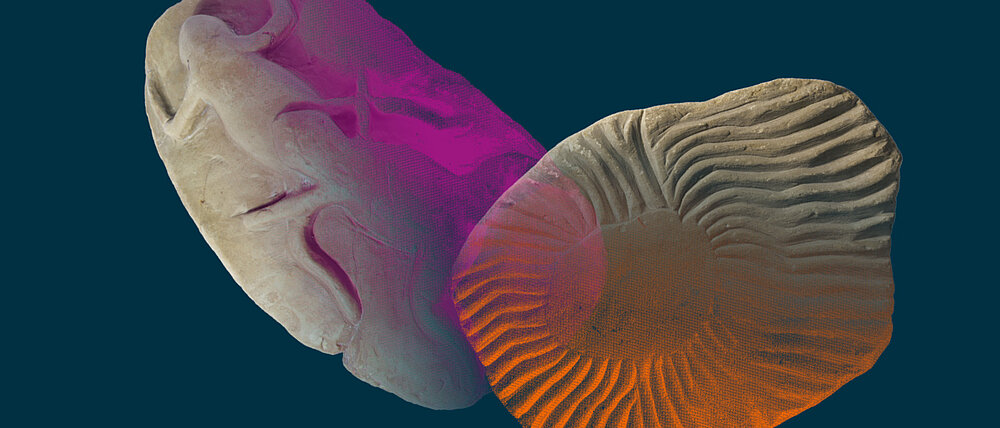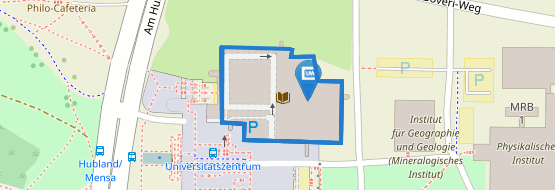Würzburg Lying Stones - Fake News in the 18th Century?

In 1726, the Würzburg physician and professor Johann Bartholomäus Adam Beringer published his work "Lithographia Wirceburgensis," in which he outlined the then-known theories of paleontology. Beringer included copperplate engravings of various pieces of limestone in his publication, which, according to him, were found near Eibelstadt in 1725 and then brought to him. They depicted insects, frogs, plants, birds, suns, and even Hebrew and Arabic script.
The discovery, heralded as a sensational find, turned into a solid scientific scandal extending far beyond the borders of Würzburg, as the alleged fossils turned out to be forgeries. They were subsequently referred to as the "Würzburg Lying Stones."
To this day, much about the story remains unclear: Who was behind the forgeries? Was it merely a foolish prank or a deliberate intrigue aimed at damaging Professor Beringer's scientific reputation? A closer examination of the events reveals that the Lying Stones affair is more than just a tragicomic "university crime" with local color: Incompatible views and characters clash, where traditional interpretation patterns rooted in the late medieval worldview collide with modern, empirically oriented ones. A spectacular confrontation between fact and fake, belief and knowledge, unfolds!


